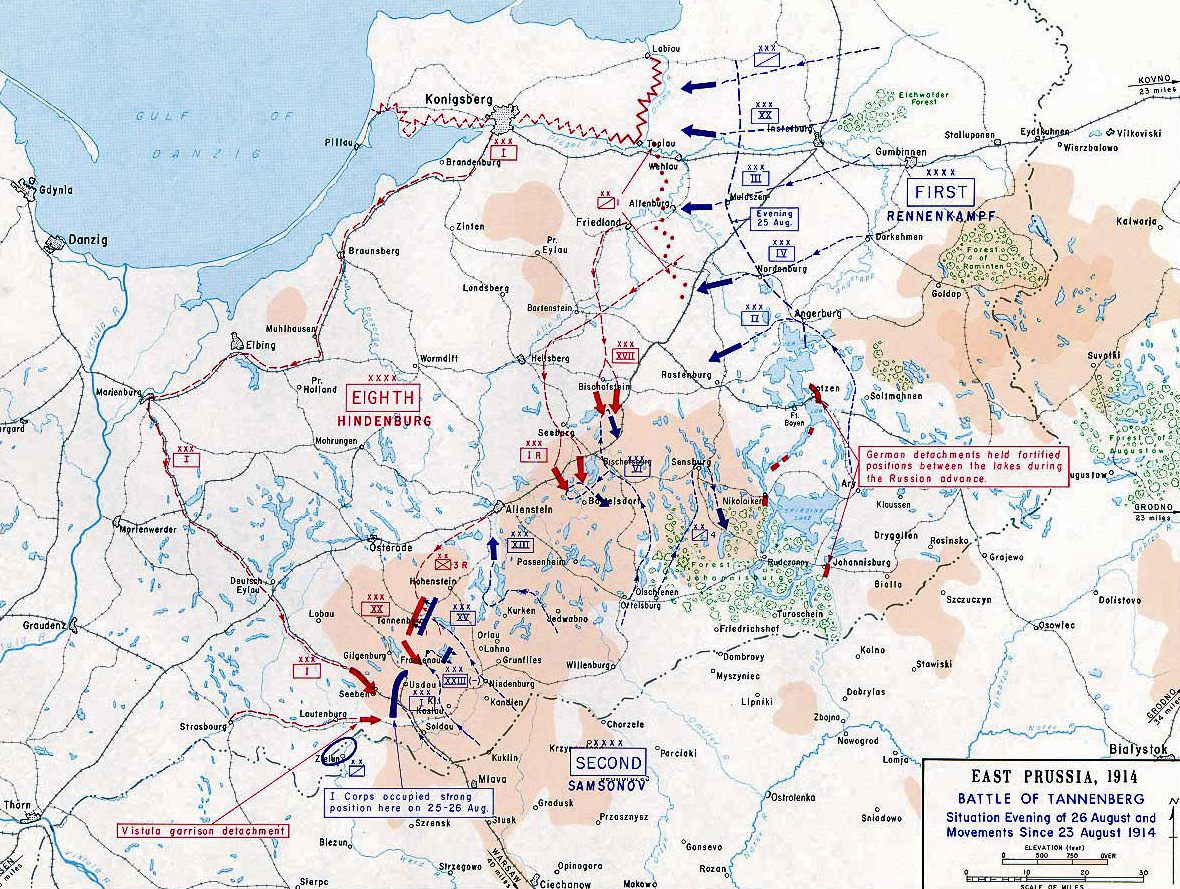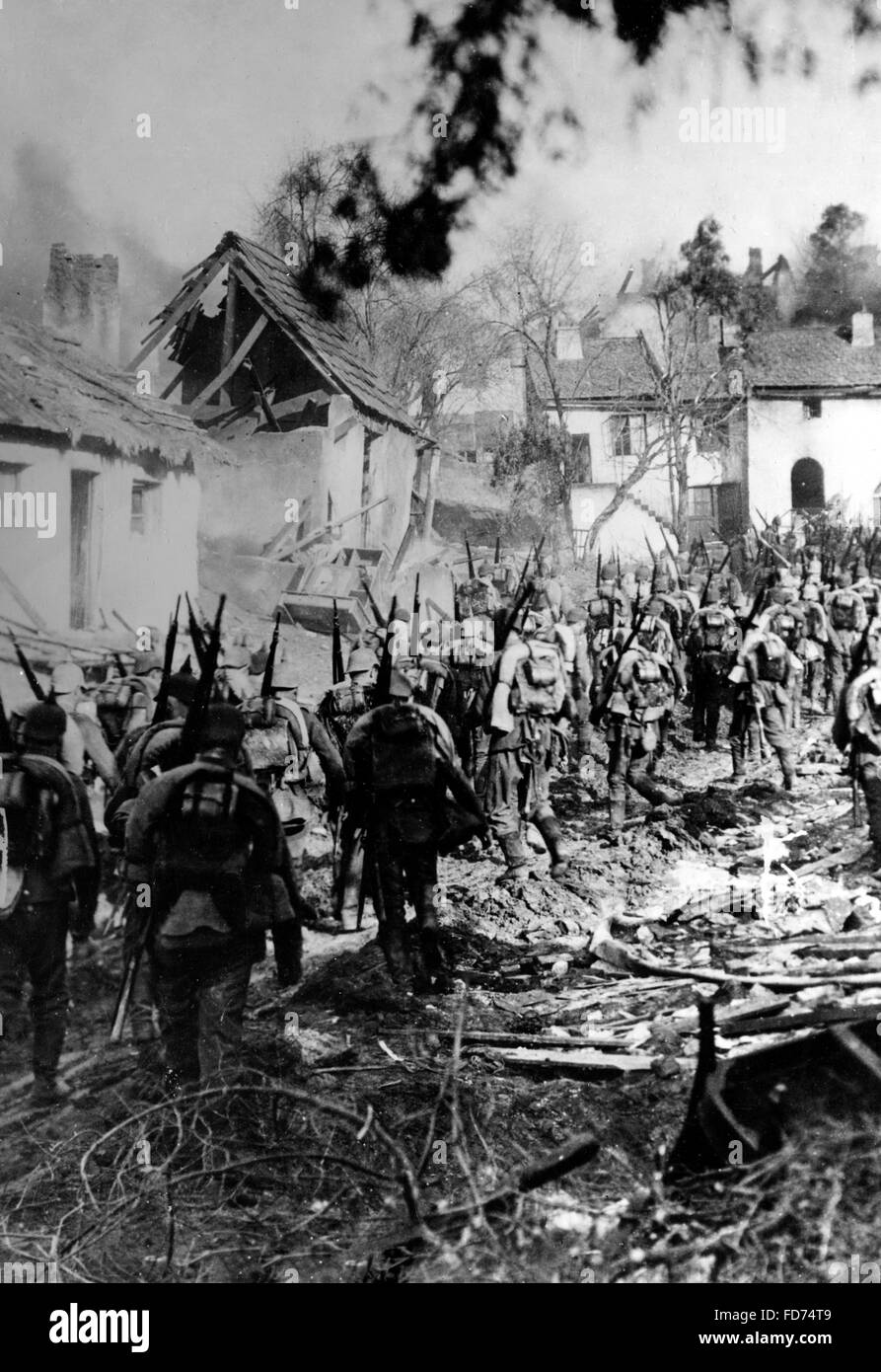

Having successfully dealt with the Russian Second Army. Ultimately, the Battle of Tannenberg secured eastern Germany from further Russian incursions. Germany benefitted from poor Russian coordination and superior artillery.


It was an extraordinary victory for Germany. Conducted between 9-14 September 1914, the First Battle of the Masurian Lakes (of two, the second in February 1915) was the second victory of the war by the Germans over the Russian army, the first occurring at Tannenberg in late August. In 1914, the Battle of Tannenberg was fought between Imperial Germany and Russia. The battle is particularly notable for fast rail movements by the Germans, enabling them to concentrate against each of the two Russian armies in turn, and also for the failure of the Russians to encode their radio messages. The First Battle of the Masurian Lakes, 1914.
BATTLE OF TANNENBERG BATTLE SERIES
A series of follow-up battles (First Masurian Lakes) destroyed most of the First Army as well and kept the Russians off balance until the spring of 1915. Consolidation of the German Eighth Army The new commanders arrived at Marienburg on the afternoon of 23 August they had met for the first time on their special train the previous night and now they rendezvoused with the Eighth Army staff. The old men, the women and children toted a few blankets and pots. The battle resulted in the almost complete destruction of the Russian Second Army and the suicide of its commanding general, Alexander Samsonov. A stream of refugees hurried along roads and flowed across fields away from the little town of Tannenberg in Poland. The Battle of Tannenberg was fought between Russia and Germany from 26–30 August 1914, during the first month of World War I. In 1914, the Battle of Tannenberg was fought between Imperial Germany and Russia.


 0 kommentar(er)
0 kommentar(er)
